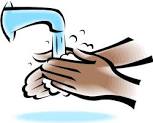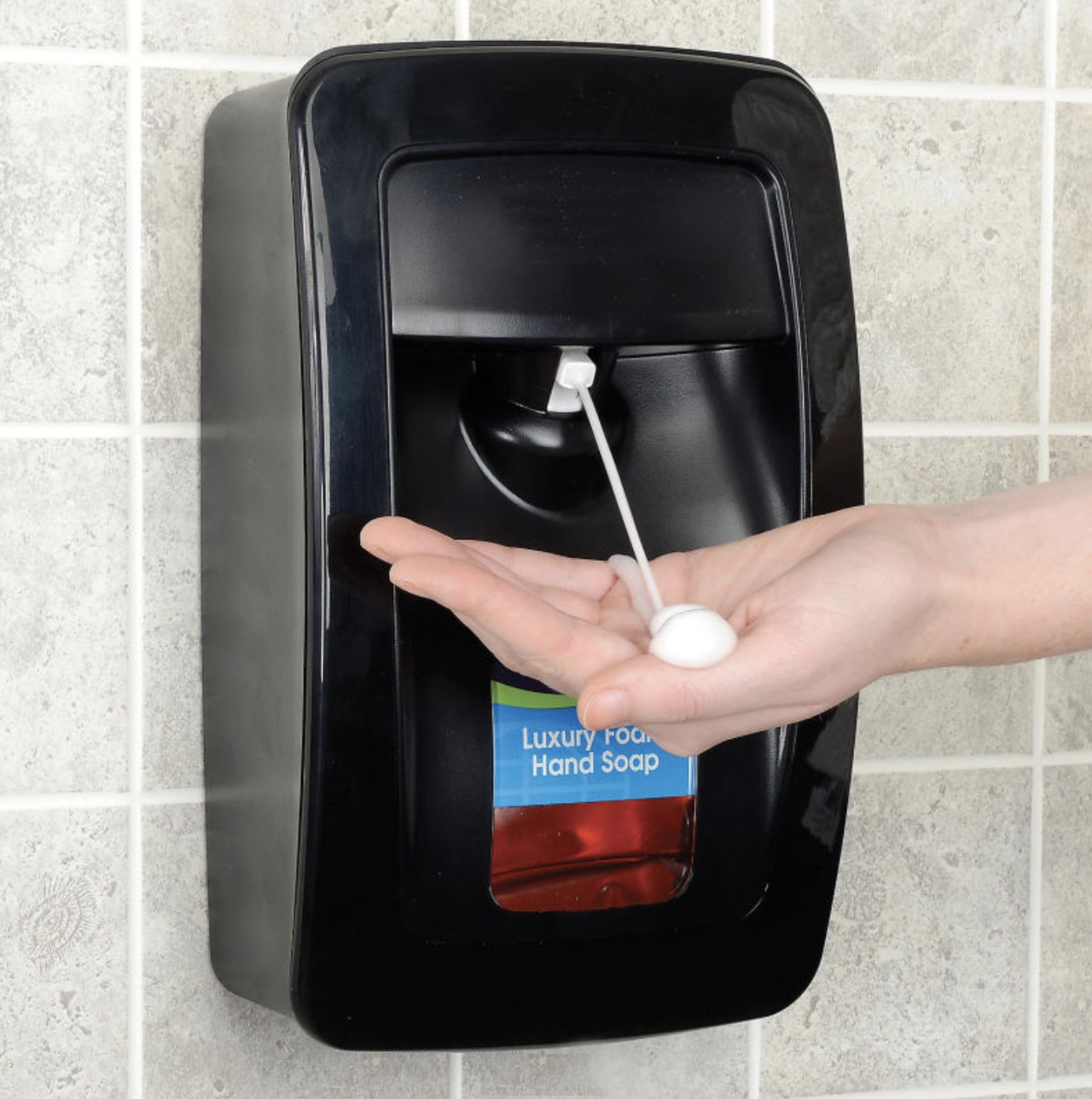Across North America, families are realizing that public education and schools are essential. In this July 6, 2020 article entitled, “Reopening Schools Was Just an Afterthought: Americans found out the hard way that education is essential infrastructure” by in The Atlantic, Juliette Kayyem noted that, “recent headlines have heaped scorn upon the values of a society that seemingly prioritized inessential businesses over schools. “We Have to Focus on Opening Schools, Not Bars,” The New York Times declared. “Close the Bars. Reopen the Schools,” a piece in Vox implored. The hashtag #schoolsbeforebars is trending.”
"The problem isn’t that policy makers—many of them parents too—don’t know what families are going through," @juliettekayyem writes. "It’s that, fundamentally, the way public officials thought about the consequences of this crisis was flawed." https://t.co/wQO5iMWYBo
— Fix Our Schools (@Fix_Our_Schools) July 9, 2020
Kayyem went on to state that in her opinion, “two things need to happen before students can go back to school: First, Americans and their elected representatives must consciously decide that children’s needs are worth accepting some additional risk. Second, states and communities must commit the money and effort necessary to reinvent education under radically changed circumstances. She worries that in the United States, at all levels of government, elected officials simply have not classified education as a crucial form of infrastructure in need of protection.
In Canada, the situation seems similar relative to how our elected officials have prioritized public education and schools to date. In the Globe & Mail Editorial entitled, “In seven weeks, schools are supposed to reopen. So what’s the plan?”, published on July 10, 2020, the Globe’s editorial board stated that, “as society reopens, schools have not been the top priority they need and deserve to be” and that “more should have already been done to tackle the challenge of reopening schools, for the benefit of students, parents and the country as a whole.” They also noted that “if Canada can figure out how people can get a haircut, go shopping or share the waters of a public swimming pool, surely plans could already be in place for the start of school.”
The Globe editorial board recognized that the minimal community transmission in Canadian communities in recent weeks ought to make the reopening of schools more viable. Quebec is one province that is going for it with plans to resume full-time schooling all the way through high school in September, with safety measures in place.
Some parents in other provinces are also seeking a full-time return to school in September. On Saturday, July 11, 2020, scores of Ontario parents attended a rally at Queen’s Park to demand that Ontario’s government commit to reopening schools full-time in September, and commit to funding the required safety measures. On Friday, July 10, a group of Ontario parents copied Fix Our Schools on a letter they wrote to the Premier and Minister Lecce also asking for a commitment to prioritize a full-time return to school in September, and outlining a 30-point plan for consideration.
Trustees and local school boards in Ontario are also calling on the provincial government to prioritize public education and schools. In Toronto, TDSB Trustees Jennifer Story and Rachel Chernos Lin have been in the news this past week and have led the charge in getting a motion passed called “A reopening that works for schools, children and families.”
"Other jurisdictions are thinking outside the box so students aren’t simply divvied into groups & told to attend classes half-days or every other day — and Ontario should be too, say Toronto trustees @jenniferstoryTO & @rchernoslin."https://t.co/sJnp7pwnxi via @torontostar
— Fix Our Schools (@Fix_Our_Schools) July 8, 2020
Among many urgent requests included in the motion, the TDSB has requested that our provincial government provide, as previously requested in our Board’s letter to the Minister of Education on May 22, 2020, the necessary funding supports to School Boards for all extra Covid-19 costs including PPE, additional staffing, additional transportation, IT devices, mental health and well-being supports, cleaning supplies and repair/maintenance including, but not limited to, ventilation issues, touch-free sinks and soap dispensers for handwashing, and water bottle refill stations“.
Fix Our Schools has collected information from parents, teachers, and education workers across the province about the current issues in Ontario classrooms relative to ensuring good ventilation. Sadly, many Ontario classrooms either do not have windows at all, have windows that do not open, or have windows that only open a tiny bit – hardly sufficient to ensure good ventilation.
In the coming weeks, Fix Our Schools is going to be turning our focus to the importance of Hand hygiene for a safe reopening of our schools in September. On June 19, Premier Ford and Education Minister Lecce provided us with their proposed “approach” for a safe return to schools in September that notes the following about hand hygiene:
- Hand hygiene refers to hand washing or hand sanitizing to remove or kill the virus and is the most effective way to reduce the transmission of organisms.
- Education: Staff and students should be provided with targeted, age-appropriate education in proper hand hygiene and respiratory etiquette. Local public health units can provide additional guidance. Age-appropriate posters or signage should be placed around the school.
- Supplies: Staff and students should have the supplies they need to conduct appropriate hand hygiene and respiratory etiquette and these supplies should be easily accessible.
- Alcohol Based Hand Rub (ABHR) with a minimum 60% alcohol concentration (60-90% recommended in community settings) throughout the school (including ideally at the entry point to each classroom) and/or plain liquid soap in dispensers, sinks and paper towels in dispensers.
- Soap and water are preferred as it is the most effective method and least likely to cause harm if accidentally ingested
- ABHR can be used by children. It is most effective when hands are not visibly soiled
- For any dirt, blood, body fluids (urine/feces), it is preferred that hands be washed with soap and water to remove this “organic material”
- Safe placement of the ABHR to avoid consumption is important, especially for young children
- Tissues and lined, no-touch waste baskets (i.e., foot pedal-operated, hand sensor, open basket).
- Support or modifications allowing students with special needs to regularly perform hand hygiene as independently as possible.
- Hand hygiene should be conducted by anyone entering the school and incorporated into the daily schedule at regular intervals during the day, above and beyond what is usually recommended (e.g., before eating food, after using the washroom).
- Possible options would be to have regular scheduled hand hygiene breaks based on a pre-specified schedule
- Students may need assistance or supervision
Unfortunately, the sad fact is that much work has to be done in the coming weeks to ensure students, teachers, and education workers are able to practice the hand hygiene required. For instance, let’s consider only the one aspect noted above on hand sanitizer. The provincial government has recommended that hand sanitizer stations are available at the entry point of every classroom and, presumably would like those stations filled all the time with hand sanitizer. However, no provincial funding has been allocated to said measure.
If we only consider the cost of the actual hand sanitizer and don’t even consider the cost of the initial installation of hand sanitizer stations and regular maintenance and refilling of said stations, we think a very conservative estimate is that each Ontario student might use $2 of hand sanitizer each month. If we extend that to covering the cost of hand sanitizer for 2-million students for 10 months of the year, we quickly arrive at a yearly cost of $40-million – just for hand sanitizer.
If you are a student, parent, teacher or education worker with concerns about how proper hand hygiene will be achieved in September, we would like to hear from you with the name of your local school, the hand hygiene issue you are concerned about and if you know your local MPP and/or the name of your provincial riding, that would be great too! Please contact us today to share any concerns you have about your local school being able to ensure that all students, teachers and education workers will be able to practice proper hand hygiene in September to help avoid the spread of COVID in classrooms.
Provincial funding should be flowing immediately to school boards to ensure proper hand hygiene is achievable for September. Regardless of the model that ends up being adopted for back-to-schools, every school in the Province must ensure that soap dispensers are secure and in good working order, and that hand sanitizer stations are installed at all entry points to the school and to each classroom. If the Province believes that its ongoing $1.4-billion/year capital investment will be sufficient for school boards to find money in their capital budgets to conduct these types of projects in the coming two months, then the Province is being disingenuous. The repair backlog in Ontario’s publicly funded schools has continued to increase to a whopping $16.3-billion even with yearly investments of $1.4-billion/year since June 2016. School boards often end up only having sufficient funding to deal with reactive repairs and not the proactive repairs required – especially in a global pandemic. We look forward to hearing from you!


